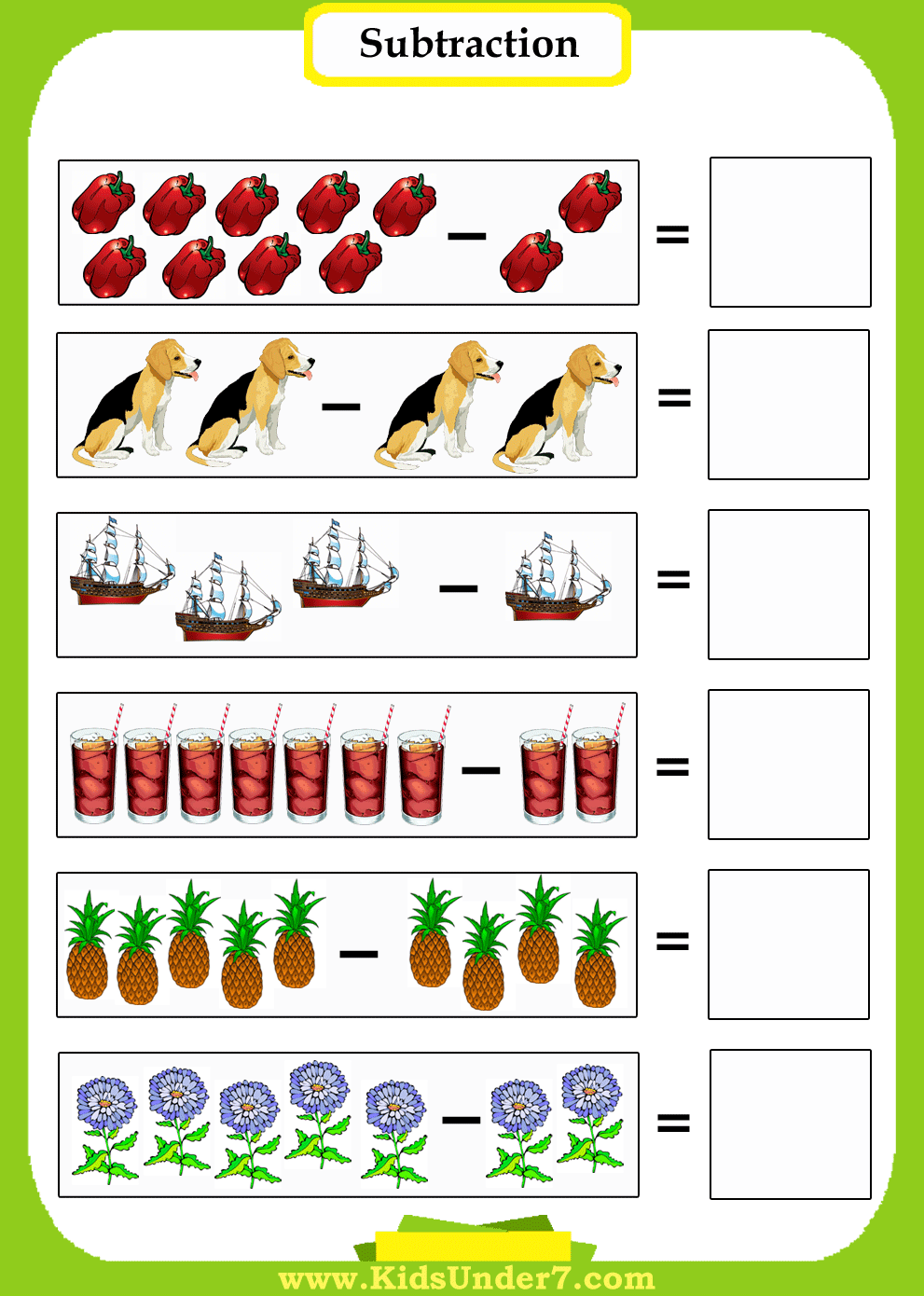Struggling with subtraction? Many find subtraction trickier than addition. But what if there was a simpler, more intuitive way to tackle those minus signs? The "count on" method offers a fresh perspective on subtraction, transforming it from a daunting task into a manageable skill. Imagine teaching subtraction without the tears and frustration. This approach empowers learners to approach subtraction with confidence.
The "count on" strategy for subtraction flips the script on traditional methods. Instead of taking away, we're finding the difference by counting up from the smaller number to the larger one. This method bridges the gap between addition and subtraction, leveraging the familiarity of counting to build a stronger mathematical foundation.
While the precise origins of the "count on" strategy are difficult to pinpoint, its roots lie in the natural progression of number sense development. Children often intuitively use counting strategies before formal subtraction is introduced. This method harnesses this innate understanding, making subtraction less abstract and more connected to their existing knowledge.
The "count on" strategy is crucial for building a robust understanding of number relationships. It fosters mental math skills and lays the groundwork for more complex mathematical concepts. By emphasizing the relationship between addition and subtraction, it helps learners see the interconnectedness of mathematical operations.
One common challenge with the "count on" subtraction method is its initial application with larger numbers. The jump between numbers might seem too big for beginners. However, with practice and the use of number lines or manipulatives, this hurdle can be easily overcome. Breaking down the difference into smaller, manageable chunks helps learners navigate larger subtractions effectively.
Let's illustrate with an example: 12 - 8. Instead of taking 8 away from 12, we start at 8 and count up to 12: 9, 10, 11, 12. We counted four numbers, so 12 - 8 = 4.
Benefits of the count on strategy include improved mental math skills, a stronger understanding of number relationships, and a more intuitive approach to subtraction. For example, a child can quickly calculate 15 - 12 by counting up from 12 to 15 (13, 14, 15), arriving at the answer 3 without resorting to finger counting or written methods.
To implement the "count on" method, start with small differences and gradually increase the complexity. Use number lines, counters, or even your fingers to help visualize the counting process. Practice consistently with count on to subtract worksheets featuring a variety of problems.
Here's a step-by-step guide: 1. Identify the smaller number. 2. Count up to the larger number. 3. The number of counts is the difference.
Advantages and Disadvantages of Count On Subtraction
| Advantages | Disadvantages |
|---|---|
| Improved Mental Math | Can be initially challenging with larger numbers |
| Stronger Number Sense | Requires practice for fluency |
| Intuitive and Easier to Grasp |
Best Practices: 1. Start with small differences. 2. Use visual aids. 3. Practice regularly. 4. Connect to real-world scenarios. 5. Celebrate small successes.
Examples: 1. 7-5=2 (count 6,7). 2. 11-9=2 (count 10, 11). 3. 15-12=3 (13, 14, 15). 4. 20-18=2 (19, 20). 5. 25-22=3 (23, 24, 25).
Challenges and Solutions: 1. Difficulty with larger numbers – Use a number line. 2. Losing track of counts - Use fingers or counters. 3. Confusion with addition – Emphasize the "finding the difference" aspect.
FAQs: 1. What is the count on strategy? 2. How does it work? 3. When should I use it? 4. Is it better than traditional subtraction? 5. What if my child struggles? 6. Can it be used with larger numbers? 7. Are there any resources available? 8. How can I make it fun?
Tips and Tricks: Use fun games, incorporate real-life scenarios (like counting toys), and offer positive reinforcement. This can transform learning subtraction into an engaging activity.
Mastering subtraction is a cornerstone of mathematical fluency. The "count on" method offers a powerful and accessible path to achieving this mastery. By shifting the focus from taking away to finding the difference through counting, this strategy empowers learners to build confidence and develop a deeper understanding of number relationships. This approach fosters mental math skills, reduces the anxiety often associated with subtraction, and lays a solid foundation for future mathematical learning. Embrace the "count on" strategy, and watch as subtraction transforms from a struggle into a strength. This investment in foundational math skills will pay dividends as learners progress through more complex mathematical concepts. Start practicing today with available count on subtraction worksheets and unlock the potential for mathematical success.
Unleash the beast exploring the ford f 250 tremor
The return of damon when and why it matters
Soundtracking coming of age the significance of quinceanera songs
Simple Adding And Subtracting Worksheet - You're The Only One I've Told
Number Line Subtraction Worksheet Pdf - You're The Only One I've Told
Single Digit Addition Worksheets from The Teachers Guide - You're The Only One I've Told
Subtraction Using A Number Line Worksheet - You're The Only One I've Told
Count And Subtract Worksheet - You're The Only One I've Told
Free Subtraction Worksheets For Kids - You're The Only One I've Told
Two Digit Subtraction Worksheets - You're The Only One I've Told
Activities For Addition And Subtraction - You're The Only One I've Told
Counting On To Subtract Worksheets - You're The Only One I've Told
Subtract by crossing the objects worksheets - You're The Only One I've Told
Grade 1 Count And Subtract Worksheet - You're The Only One I've Told
Count and Subtract Worksheet Free Printable PDF for Kids - You're The Only One I've Told
Single Digit Addition Worksheets from The Teachers Guide - You're The Only One I've Told
count on to subtract worksheet - You're The Only One I've Told
Free Subtraction With Pictures Worksheets - You're The Only One I've Told














